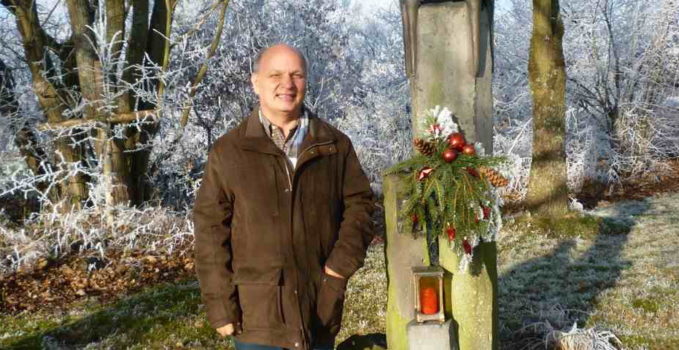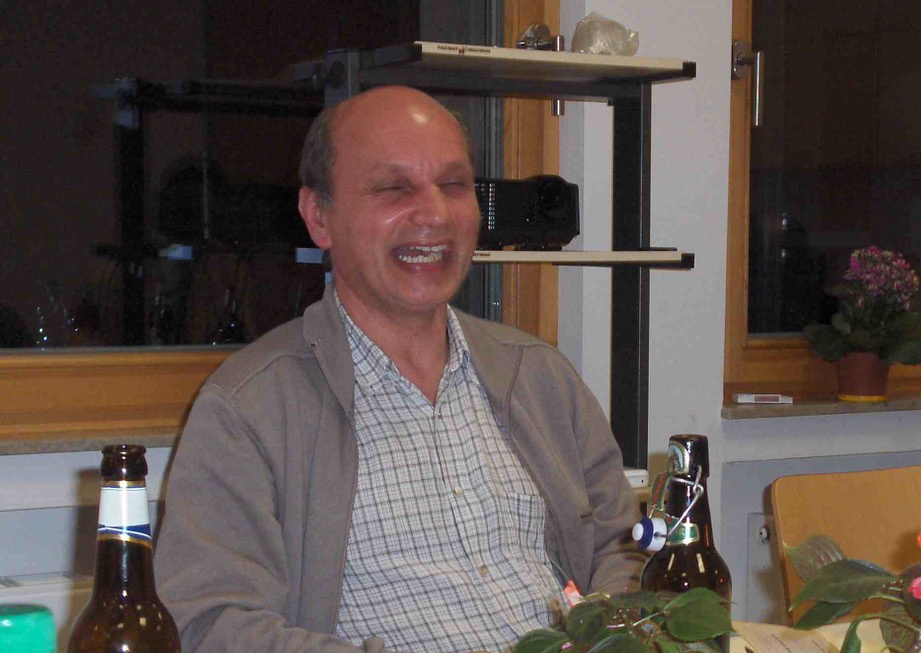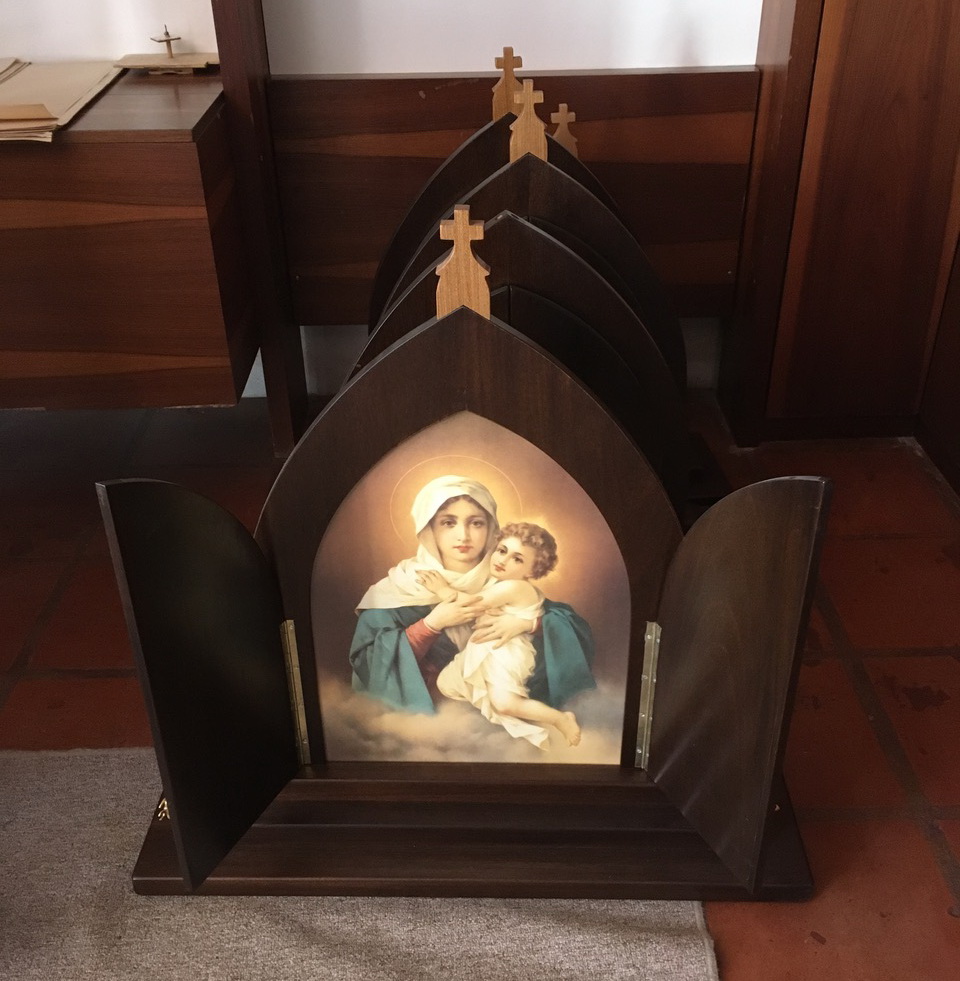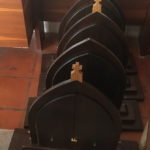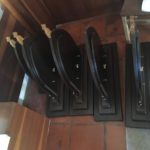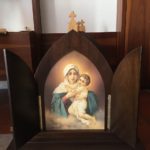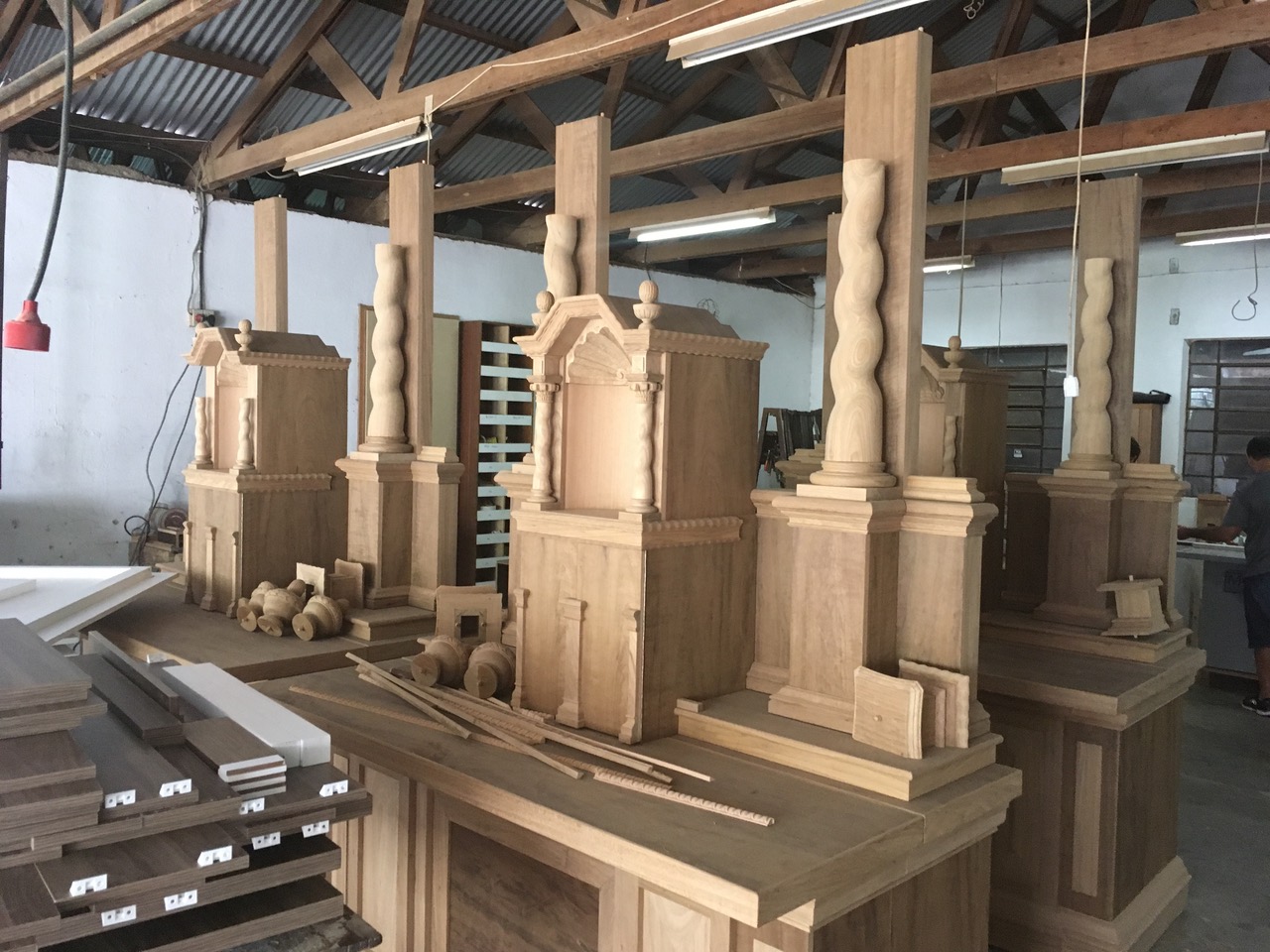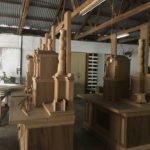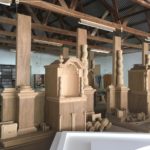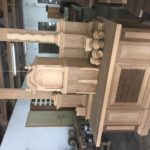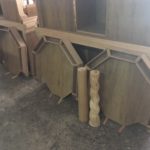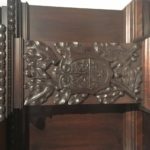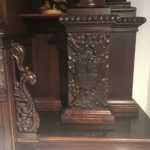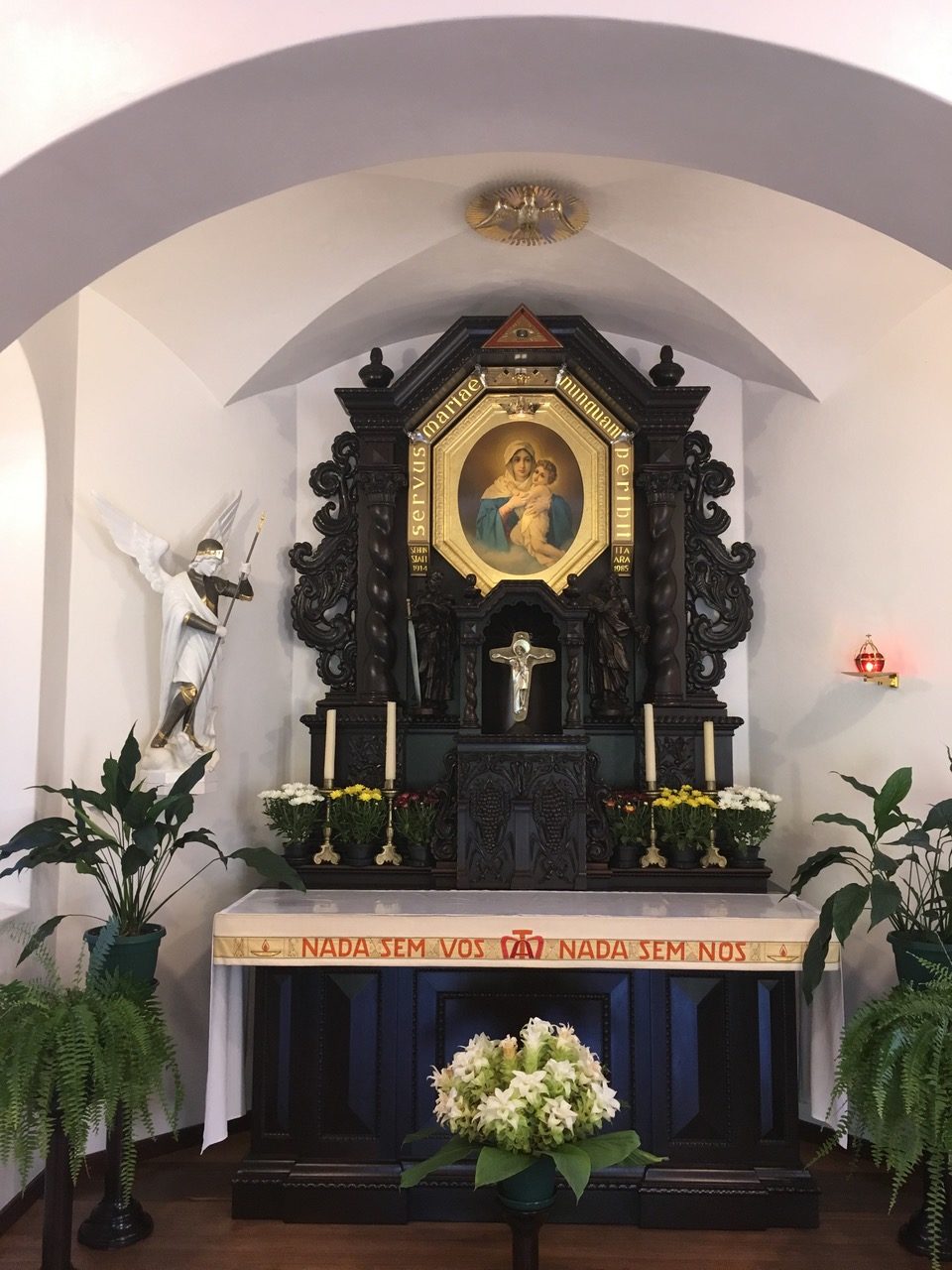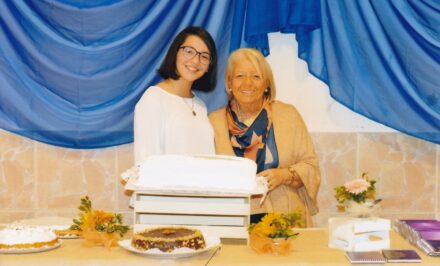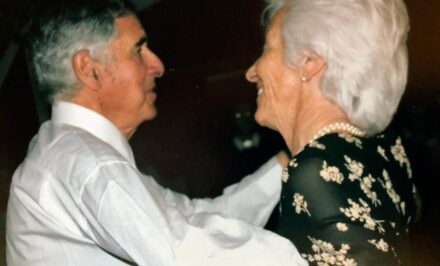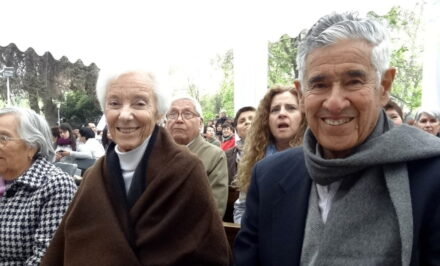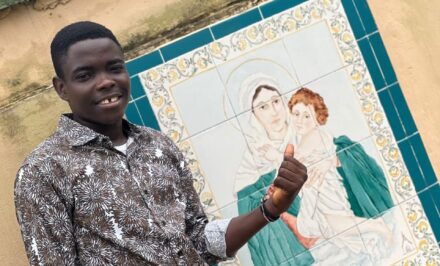BRAZIL, by Roberto M. González •
The idea for this article began almost a year ago with another approach, but in view of recent events, it will be a tribute to Manfred M. Worlitschek, a Schoenstatt Brother of Mary, who died on 30 January 2019. —
Manfred’s life can be divided in two parts: The first half: his birth, studies, and entering the Schoenstatt Brothers of Mary Secular Institute, and the second half, when practically beginning again from scratch, he freely decided and jointly with the community to leave his native land, the original Schoenstatt, to go to Santa Maria, Brazil taking on the responsibility of carrying forward the Brothers of Mary’s business of manufacturing furniture.
Master organ builder
In Germany, Manfred was trained as a master of organs, which involves the design, construction, and repair of pipe organs. This work took him to different places in Brazil and other countries, to build, and repair a great number of organs.
With respect to the art of building organs, one of the most surprising explanations that Manfred shared with me was: “There is no organ in the whole world, or rather pipes of an organ that sound alike. They are like people.” Because the way every tube is made, the designer melts the metal in a mold until achieving the diameter and volume desired for different notes. Practically everything is made by “eyeballing it” and thanks to all the training received, so each pipe has some grams more or less in its material.
Simultaneously with his responsibilities in the business, Manfred was the adviser for the Southern Region of the Schoenstatt Men`s Youth (JUMAS), he supported the Men’s Branch in the region, he was superior of the Brothers of Mary in America, and then of last year’s congress of the Institute, he was elected as third counselor in the General Board of Directors of the Secular Institute of the Schoenstatt Sisters of Mary.
Carpenter of the Rosary Campaign
This is but a brief biography of Manfred M. Worlitschek, but the aim of this article, which I had hoped to work on with him in April, will center on an aspect of his work in charge of the business in Santa Maria: the production of Auxiliaries MTAs for the Schoenstatt Rosary Campaign and the altars with their respective altar pieces for our beloved shrines.
The business began operating in the fifties during the last century, and even Mario Hiriart, Servant of God, worked and taught students of the factory-school during his novitiate.
At the beginning, the main production was furniture, but then, Ernest M. Brandstetter, a Brother of Mary, added the production of altars to the catalog, since he had taken photos with all the details and measurements of the altar of the Original Shrine for his most exact reproduction. Later Joao Pozzobon, who had a very good relationship with the Brothers of Mary, since they were adjacent neighbors, asked Ernest to make the first Pilgrim Mothers, which later became the symbol of the Rosary Campaign.
When the business passed into Manfred’s hands, he incorporated the manufacture and restoration of pipe organs, and he continued to manufacture furniture, Auxiliaries for the Rosary Campaign and altars.
During my visit to Santa Maria, exactly a year ago, I visited the workshop and observed what happened behind the scenes. It was then that I saw him, with the three altars for our beloved shrines in full production, bare, since it was only cut, unfinished, and unstained wood.
At first, I dedicated myself to observing every detail of the altar and its different cut parts that were in process in the workshop. Then Manfred, who had a very acute sensitivity for the supernatural, began to explain some details and meanings of the parts of the altar and altarpieces.
The shrines’ altars
There are endless details and meanings, which we do not usually observe, since with the varnish, the flowers, candles and distance they go unperceived. One example is the different flowers and flourishing seeds that decorate the altarpiece beginning at the sides of the tabernacle.
There are other details that we see daily, but we do not know what they mean, like the small cups that are above the same altar piece, which symbolize two funerary urns, or the shields that are at the sides of the tabernacle, that at some time were communion benches. The columns that emerge from the sides of the tabernacle are slightly finer in the measure that they go up, toward the Blessed Mother’s picture.
Each one of the details is made individually and then mounted as a whole. A year ago, when I saw these bare altars for the first time, unaware that they would be the last ones, I was surprised at the amount of detail and the work involved in making them.
In the entire history of the business, more than fifty altars have been made, which now are spread throughout the world in: Germany, Argentina, Australia, Brazil, Spain, the United States, India, Puerto Rico, the Dominican Republic, Uruguay, Portugal, and Paraguay. One of the last ones delivered was the altar for the Resistencia, Argentina Shrine.
Now when I go to the Tabor Shrine, here at Marienberg in Schoenstatt, I see his life, self-giving, and mission reflected in each one of the details of the altar and altar pieces, although they were not built by him.
Thank you very much! Manfred M. Worlitschek!
Original: Spanish. 31 January 2019. Translation: Celina M. Garza, San Antonio, TX USA. Edited: Melissa Peña-Janknegt, Elgin, TX USA


